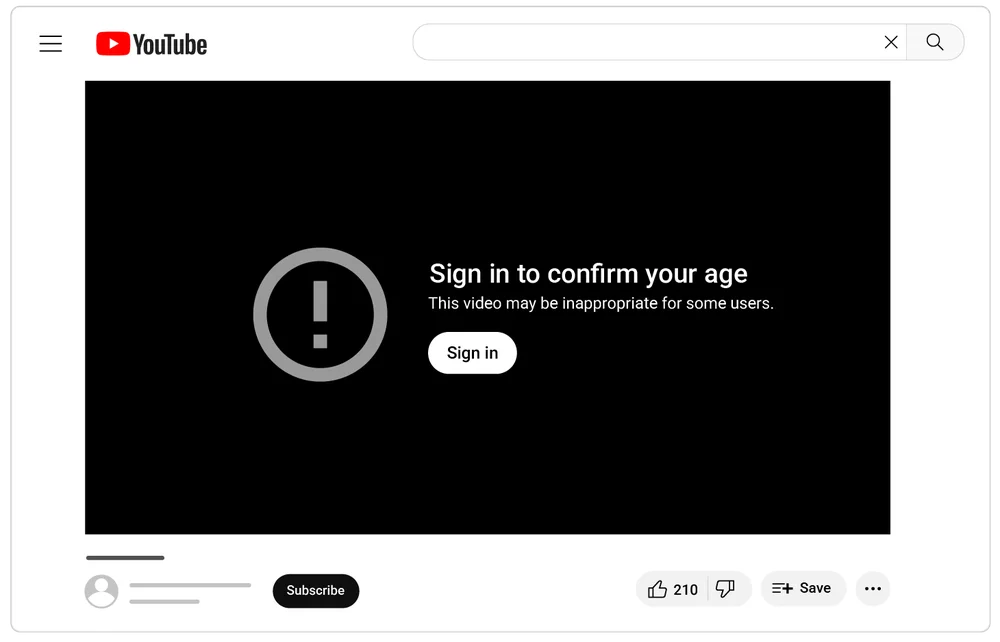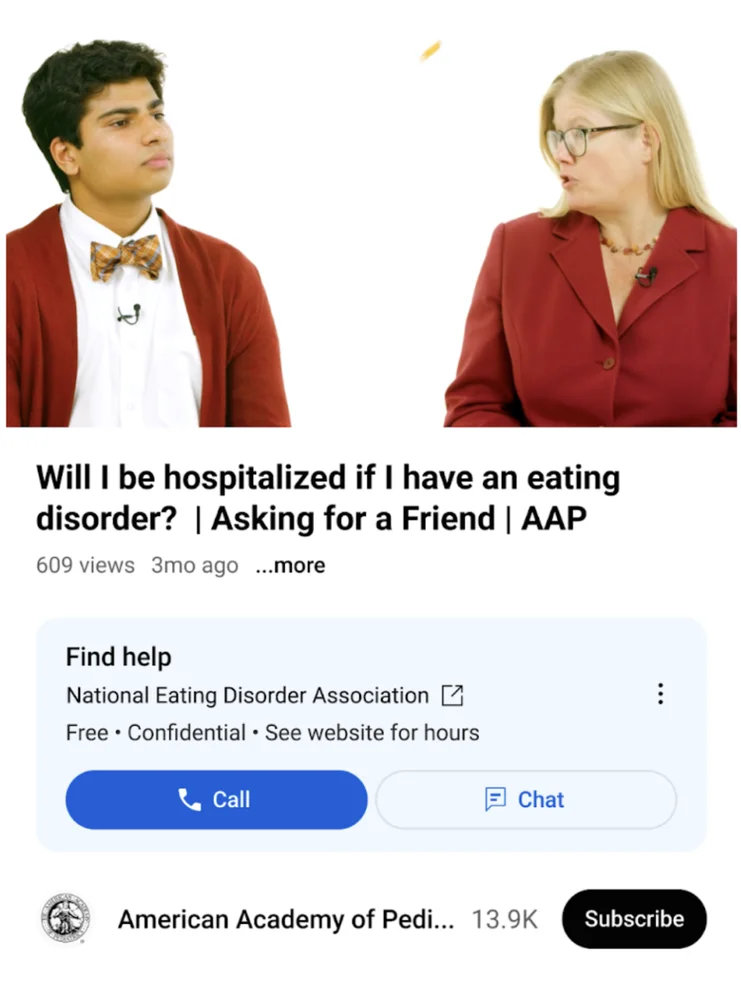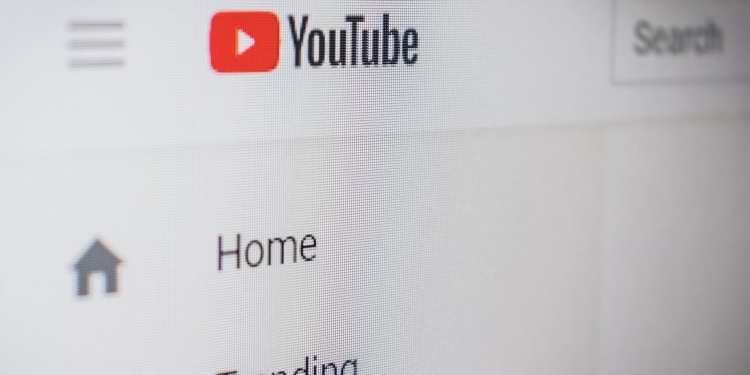YouTube is without a doubt the biggest video streaming platform out there right now with over 2.6 billion users. This means that for many of us, it’s one of the first places we go to to look for answers when we need help. For people with eating disorders, YouTube has become a place where they can find help too, but sometimes even a good-natured video on eating disorders and how to recover from it can become problematic and triggering for others, especially if detailed specifics are mentioned.
As such, YouTube is going to update their approach to eating disorder-related content in the coming weeks. To be clear, the platform has long had policies in place to remove any videos that glorifies or promotes eating disorders. However, they’ve now worked with experts such as the National Eating Disorder Association (NEDA) and the Asociación de Lucha contra la Bulimia y la Anorexia (ALUBA) to further develop a comprehensive framework to expand the scope of their Community Guidelines.
This will see YouTube prohibit content about eating disorders that feature imitable behaviour, or behaviour that can lead at-risk viewers to imitate. Examples include videos that show or describe disordered eating behaviours such as purging or severe calorie restrictions as well as weight-based bullying within the context of eating disorders. According to YouTube, context is key with such nuanced content and as such they say that videos that deal with eating disorders may end up getting an age restriction and/or a crisis resource panel.

For example, YouTube might age-restrict videos that have the creator list out in detail the disordered eating behaviours they went through previously while sharing their recovery journey. The overall message may be positive but might not still be suitable for all ages, so the video may end up being age-restricted by YouTube, requiring you to sign in to prove your age to watch it. This age restriction approach has been done in consultation with the aforementioned third party experts, so that they can strike the best balance in protecting younger viewers.
On top of that, YouTube is doubling down on crisis resource panels too. They’re already available at the top of search results related to eating disorders in certain regions, and offer resources and information from global mental health support organisations in them. YouTube is now also going to add them to the Watch pages in these countries underneath videos related to eating disorders, with the platform’s goals being to reach an even broader audience with important context and mental health resources. While currently not available in Malaysia, YouTube does mention that they’ll be working to launch these crisis resource panels in more countries and more languages in the future.

Overall, YouTube’s work to limit content that may be misused by some should be lauded, with the ultimate goal of minimising the possibility that helpful videos end up fostering eating disorders in at-risk viewers. You can read more about their new approach to eating disorder-related content in their blog post here.








